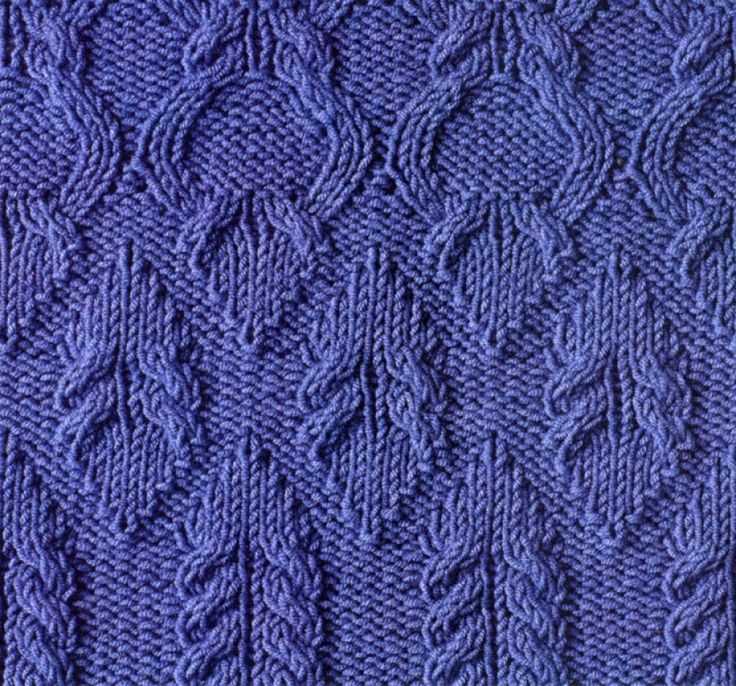
Knitting is a craft that has been enjoyed by people all over the world for centuries. It involves using two or more needles to loop yarn into a patterned fabric. One of the most exciting aspects of knitting is exploring different stitch patterns. Stitch patterns are a combination of basic knitting techniques, such as knitting and purling, that create beautiful and intricate designs in the fabric.
There are countless knitting stitch patterns to choose from, ranging from simple and easy to complex and challenging. Some popular stitch patterns include the stockinette stitch, seed stitch, ribbing, cables, lace, and colorwork. Each stitch pattern has its own unique look and texture, making it a fun and creative way to add interest to your knitting projects.
Not only do knitting stitch patterns add visual appeal to your projects, but they also serve functional purposes. For example, ribbing stitch patterns create stretchy and elastic fabric, perfect for cuffs and hems. Lace stitch patterns create light and airy fabric, ideal for shawls and summer garments. Cables create raised and textured fabric, perfect for cozy sweaters and accessories. By choosing the right stitch pattern for your project, you can enhance both the appearance and functionality of your knitting.
Knitting Stitch Patterns
Knitting stitch patterns are a crucial aspect of creating beautiful and unique knitted items. These patterns, often referred to as stitch motifs, are created by combining different knitting techniques and designs to form intricate and visually appealing textures. They are the building blocks of knitting projects, allowing knitters to add complexity and interest to their work.
A wide variety of knitting stitch patterns exist, ranging from simple and beginner-friendly designs to more advanced and complex patterns. Knitters can choose from different types of stitch patterns, such as lace, cables, bobbles, and colorwork, to create different effects and textures in their projects. Each stitch pattern has its own unique characteristics and requires different techniques to execute.
One popular knitting stitch pattern is the lace pattern. Lace patterns are known for their delicate, airy appearance and often feature intricate and detailed designs. They are created using a combination of yarn-overs, decreases, and other knitting techniques to form openwork patterns. Lace patterns are commonly used in shawls, scarves, and other lightweight garments.
Cable stitch patterns, on the other hand, create twisting and braiding effects in knitted fabric. They are formed by crossing stitches over each other, either to the left or the right. Cable patterns can be simple, with just a few crosses, or more complex, featuring intricate cable panels and designs. They are commonly used in sweaters, hats, and accessories to add a classic and timeless touch.
- There are also various stitch patterns that incorporate bobbles, which are small, rounded clusters of stitches that create a textured and three-dimensional effect. Bobbles are often used to add visual interest and depth to knitted items, such as blankets, hats, and socks.
- Colorwork stitch patterns involve working with multiple colors of yarn to create intricate designs and patterns. Fair Isle and intarsia are two popular techniques used in colorwork knitting. Fair Isle involves carrying two or more colors of yarn across the row, while intarsia involves knitting with separate bobbins of yarn to create color blocks.
Ultimately, knitting stitch patterns offer endless possibilities for creativity and personal expression. They allow knitters to experiment with different textures, designs, and techniques to bring their vision to life. Whether you’re a beginner or an experienced knitter, it’s always exciting to discover new stitch patterns and incorporate them into your projects, making each creation unique and one-of-a-kind.
What Are Knitting Stitch Patterns?
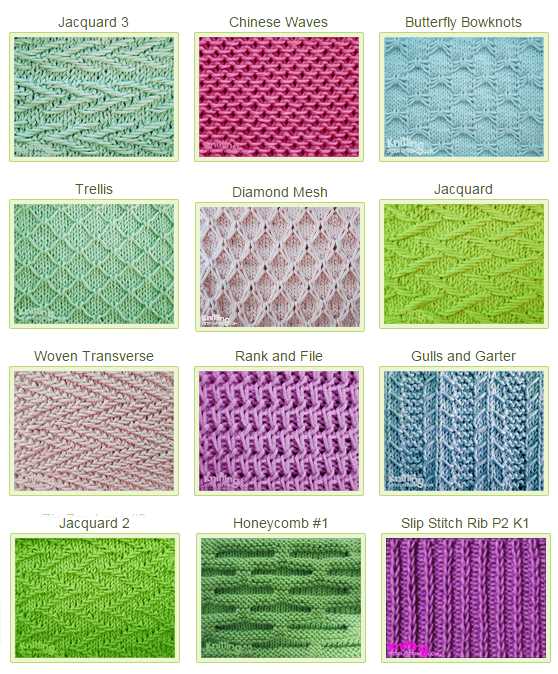
Knitting stitch patterns are essentially sets of instructions that define how to create specific designs and textures in knitting. They are used to create various decorative elements in knitted fabric, such as lace, cables, and colorwork. These patterns are made up of a combination of basic knitting stitches, including knit and purl stitches, as well as more advanced techniques like increases, decreases, and yarn overs.
Types of Knitting Stitch Patterns:
There are several different types of knitting stitch patterns that can be used to create a wide range of effects. Some popular types include:
- Lace patterns: These patterns often feature intricate, openwork designs that create a delicate and airy fabric. They typically involve a combination of yarn overs, decreases, and knit or purl stitches.
- Cable patterns: Cable patterns create raised, twisted designs resembling braids or ropes. They are made by crossing stitches over each other, typically on a background of knit or purl stitches.
- Colorwork patterns: Colorwork patterns involve using multiple colors of yarn to create designs and motifs within the fabric. Techniques such as stranded knitting (also known as Fair Isle) and intarsia are commonly used for this type of pattern.
- Texture patterns: Texture patterns use different combinations of knit and purl stitches to create interesting surface effects, such as ribbing, seed stitch, or moss stitch.
Knitting stitch patterns can be found in various sources, such as stitch dictionaries, knitting magazines, and online knitting communities. They are often written in the form of charts or row-by-row instructions, which knitters can follow to create the desired pattern. With practice, knitters can learn to read and understand different stitch patterns, allowing them to experiment and create unique and beautiful knitted projects.
Benefits of Using Knitting Stitch Patterns
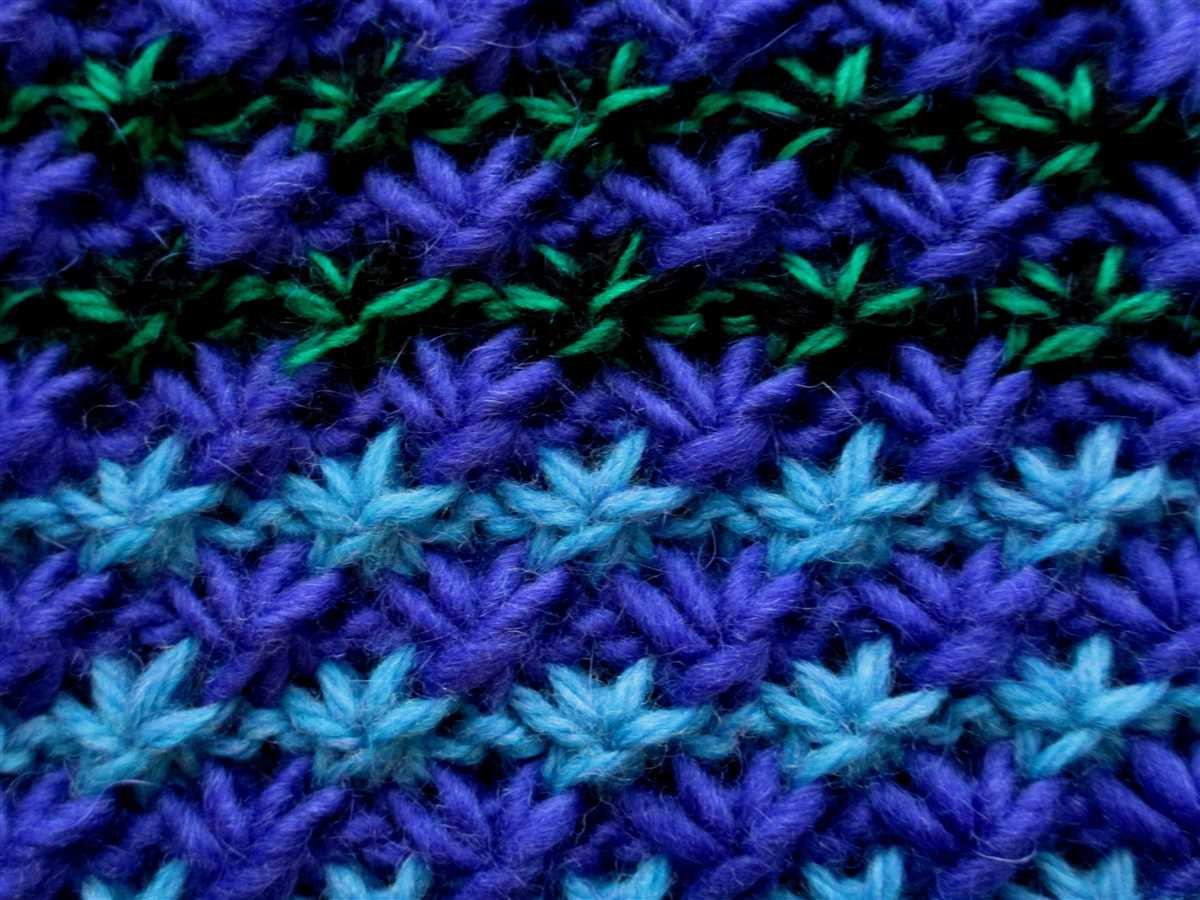
Knitting stitch patterns are an essential tool for knitters of all skill levels. These patterns provide a guide for creating unique and intricate designs in knitwear. Whether you are a beginner or an experienced knitter, using stitch patterns can greatly enhance your projects.
One of the main benefits of using knitting stitch patterns is the ability to create stunning and complex designs without the need for advanced knitting techniques. By following a pattern, even a novice knitter can create beautiful textures, cables, lace, and colorwork. This opens up a world of possibilities for creating unique and personalized garments and accessories.
Using knitting stitch patterns also allows for better organization and planning of knitting projects. Each pattern comes with clear instructions and charts, making it easier to keep track of your progress and follow along. This can be especially helpful for larger and more intricate projects, such as sweaters or blankets.
Additional Benefits:
- Learning new techniques: Knitting stitch patterns can introduce you to new knitting techniques and skills, helping you expand your knitting repertoire.
- Improving your knitting skills: By practicing different stitch patterns, you can improve your knitting skills, such as tension control and stitch consistency.
- Adding variety to your work: Using stitch patterns allows you to add visual interest and variety to your knitting projects, making them more appealing and unique.
- Engaging your creativity: Knitting stitch patterns provide a platform for creativity, allowing you to experiment with different color combinations, yarns, and stitch combinations to create one-of-a-kind pieces.
- Sharing and connecting with others: Knitting stitch patterns are often shared within the knitting community, providing an opportunity to connect with other knitters, share ideas, and gain inspiration.
In conclusion, knitting stitch patterns offer a multitude of benefits for knitters. They provide guidance, inspiration, and the opportunity to create beautiful and unique designs. Whether you are a beginner or an experienced knitter, incorporating stitch patterns into your projects can greatly enhance your knitting journey.
Knitting Stitch Patterns for Beginners
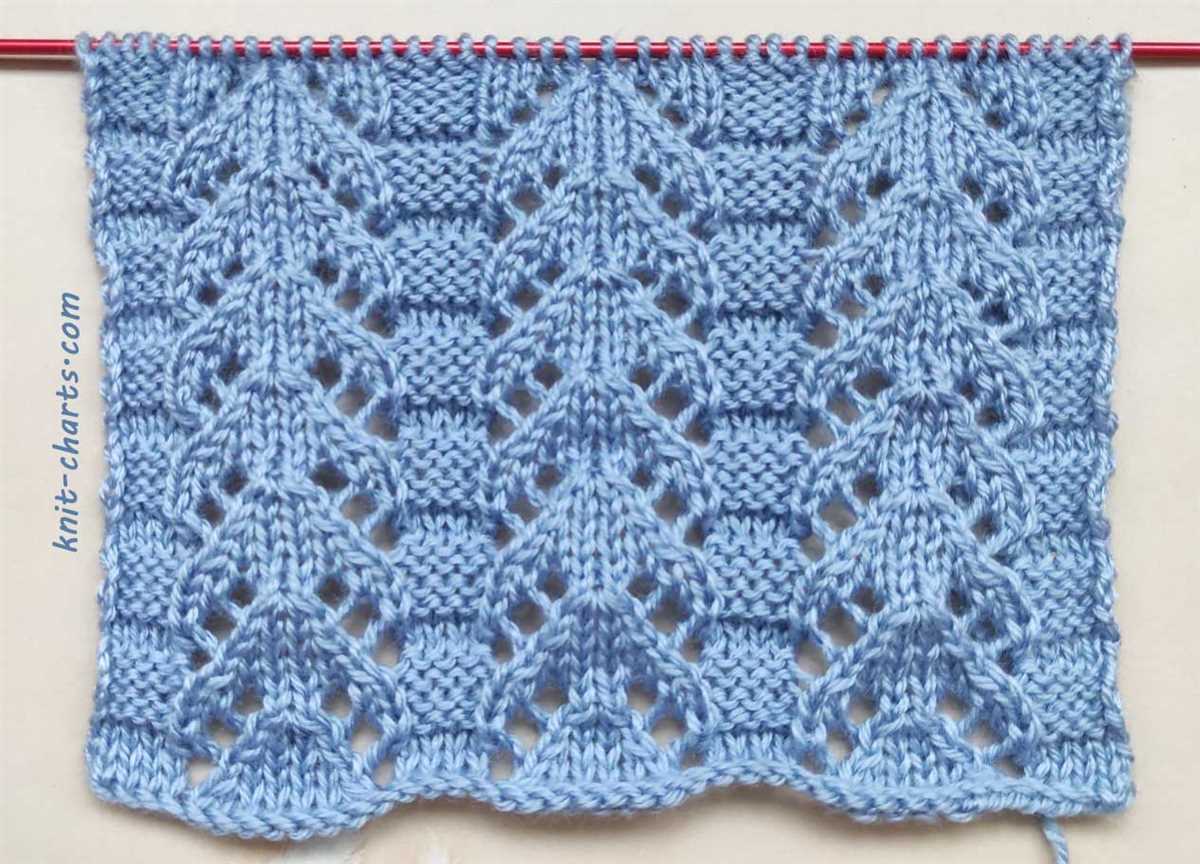
Knitting is a wonderful craft that allows you to create beautiful and functional items using just needles and yarn. If you are a beginner knitter, it can be overwhelming to navigate through the various stitch patterns and techniques. However, there are many simple and easy-to-follow stitch patterns that are perfect for beginners.
One of the most basic and versatile stitch patterns for beginners is the garter stitch. This stitch pattern is created by simply knitting every row, resulting in a textured fabric that is reversible. The garter stitch is perfect for scarves, blankets, and even simple garments like baby cardigans.
Another beginner-friendly stitch pattern is the stockinette stitch. This stitch pattern is created by alternating knit rows with purl rows. The right side of the fabric has a smooth and flat appearance, while the wrong side has a bumpy texture. The stockinette stitch is commonly used in sweaters, hats, and other garments.
If you’re looking to add a little more texture to your knitting, the seed stitch is a great option. This stitch pattern is created by alternating knit and purl stitches within the same row and across rows. The result is a fabric with a raised, pebbled texture that is visually interesting. The seed stitch can be used in a variety of projects, from dishcloths to scarves.
Here are a few more knitting stitch patterns that are perfect for beginners:
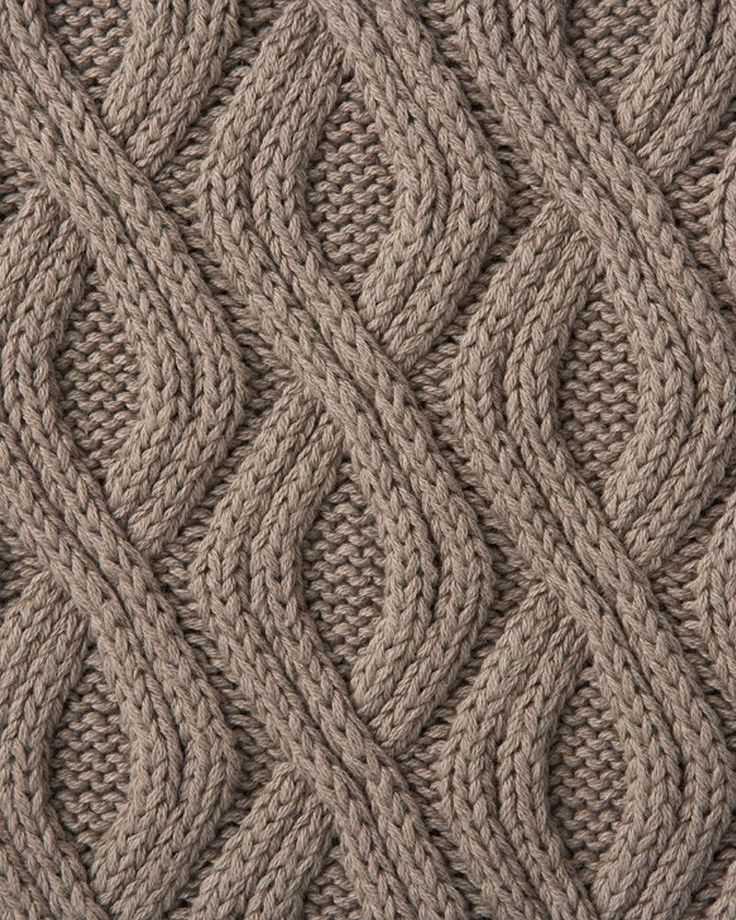
- Rib stitch: This stitch pattern is created by alternating knit and purl stitches in a specific pattern, resulting in a stretchy and elastic fabric. The rib stitch is commonly used for cuffs, hems, and necklines.
- Moss stitch: This stitch pattern is similar to the seed stitch, but with a slightly different arrangement of knit and purl stitches. The moss stitch creates a fabric with a bumpy texture, perfect for scarves and hats.
- Basketweave stitch: This stitch pattern is created by alternating blocks of knit and purl stitches, resulting in a fabric that resembles a woven basket. The basketweave stitch is often used in blankets and pillows.
These are just a few examples of knitting stitch patterns that are perfect for beginners. As you gain more experience and confidence in your knitting skills, you can explore more complex stitch patterns and techniques. Remember, practice makes perfect, so don’t be afraid to experiment and have fun with your knitting!
Popular Knitting Stitch Patterns
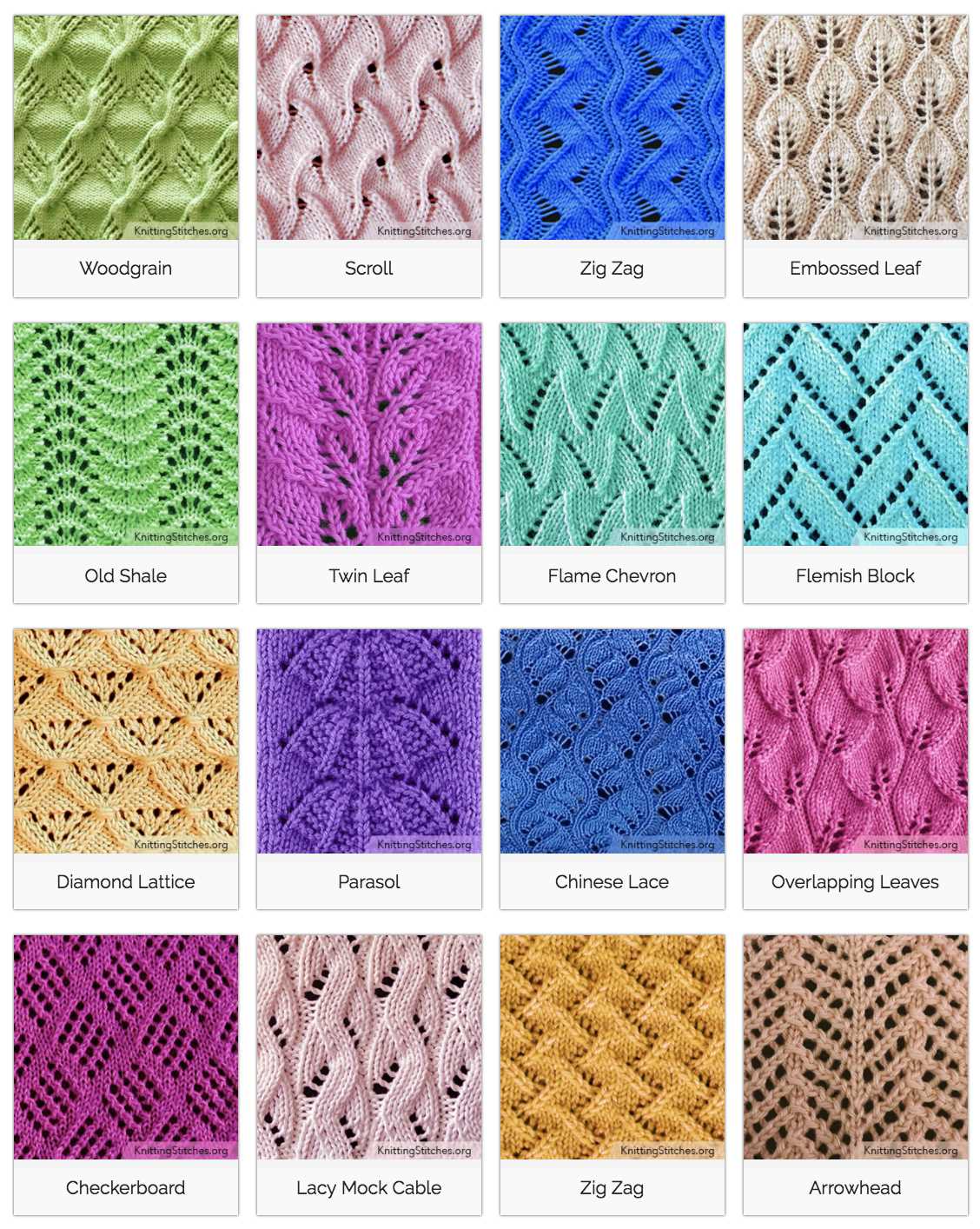
Knitting stitch patterns are an essential part of creating unique and beautiful designs in knitting. There are countless stitch patterns to choose from, each with its own distinct look and texture. Whether you’re a seasoned knitter or just starting out, experimenting with different stitch patterns can add creativity and interest to your projects.
Garter Stitch
One of the most basic and versatile stitch patterns is the garter stitch. It is created by knitting every row, resulting in a fabric with a bumpy texture. The garter stitch is great for making scarves, blankets, and simple garments. It is also a popular choice for beginners because it only requires knowledge of the knit stitch.
Stockinette Stitch
The stockinette stitch is another popular stitch pattern that is commonly used in knitting projects. It is created by alternating a row of knit stitches with a row of purl stitches. The result is a smooth and flat fabric with a distinct V-shaped pattern on one side and a bumpy texture on the other side. The stockinette stitch is often used in sweaters, hats, and other garments as it provides a sleek and polished look.
Seed Stitch
The seed stitch is a textured stitch pattern that creates a pattern of alternating knit and purl stitches. It is called the seed stitch because the raised purl stitches resemble seeds on a fabric. The seed stitch is commonly used in scarves, cowls, and other accessories to add visual interest and depth to the design.
Cable Stitch
The cable stitch is a more advanced stitch pattern that creates a twist or cable-like design on the fabric. It is created by crossing stitches over each other to create a cable effect. Cable stitches are often combined with other stitch patterns to create intricate and decorative designs. The cable stitch is commonly used in sweaters, cardigans, and other garments to add texture and a classic touch.
These are just a few examples of popular knitting stitch patterns. Experimenting with different stitch patterns can add uniqueness and personalization to your knitting projects. Whether you prefer a simple and classic look or want to challenge yourself with more complex patterns, there are countless options to explore and create beautiful knitted pieces.
How to Read Knitting Stitch Patterns
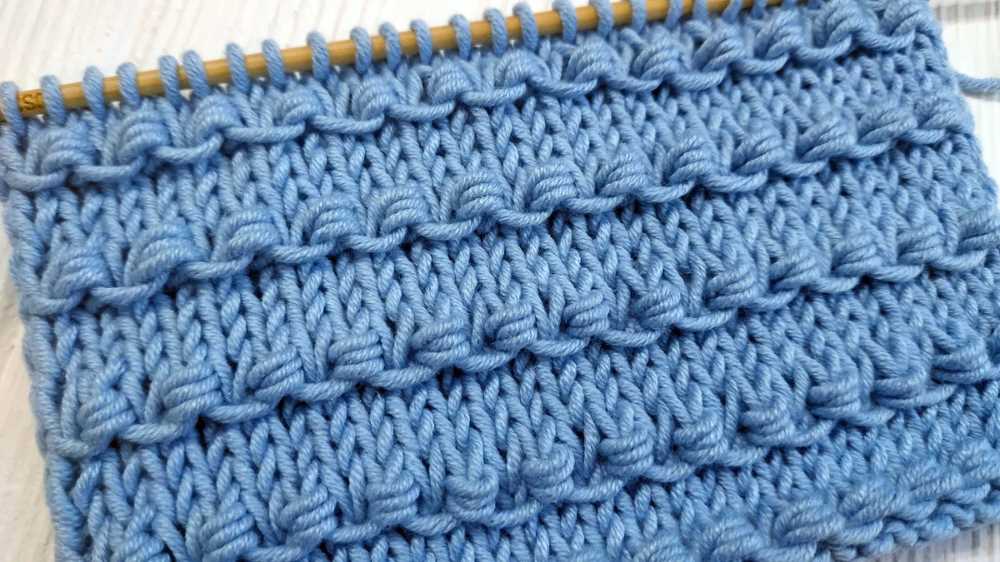
Knitting stitch patterns are a series of instructions that tell you which stitches to work and in what order to create a specific design or texture in your knitting. They typically consist of a combination of abbreviations and symbols that represent different knitting techniques and stitches. Learning how to read knitting stitch patterns is an essential skill for any knitter, as it allows you to follow patterns and create beautiful and intricate designs in your projects.
1. Understand the Abbreviations: Knitting stitch patterns often use abbreviations to represent different knitting techniques and stitches. It’s important to familiarize yourself with these abbreviations before you start working on a pattern. Common abbreviations include K (knit), P (purl), YO (yarn over), and SL (slip).
2. Pay Attention to the Symbols: Knitting stitch patterns also use symbols to represent specific instructions. These symbols can vary depending on the pattern, so it’s important to refer to the pattern key or legend to understand what each symbol means. Some common symbols include a dot for knit stitches, a dash for purl stitches, and a circle for yarn over.
3. Read the Pattern Row by Row: Knitting stitch patterns are typically written row by row, with each row numbered or labeled. It’s important to read the pattern instructions carefully and follow them in the correct order. Pay attention to any repeats or pattern sections indicated in the instructions.
4. Take Note of Special Instructions: Some knitting stitch patterns may include special instructions or techniques that are unique to the pattern. These can be denoted by additional symbols or abbreviations and may require you to perform certain stitches or techniques in a specific way. Make sure to read and understand these instructions before you start working on the pattern.
5. Practice and Experiment: Reading knitting stitch patterns can be challenging at first, but with practice, it becomes easier. Start by working on simple patterns and gradually progress to more complex ones. Don’t be afraid to experiment and make adjustments to the pattern to suit your preferences. Remember, knitting is a creative craft, and the more you practice, the better you’ll become at reading and interpreting stitch patterns.
Knitting Stitch Patterns for Scarves
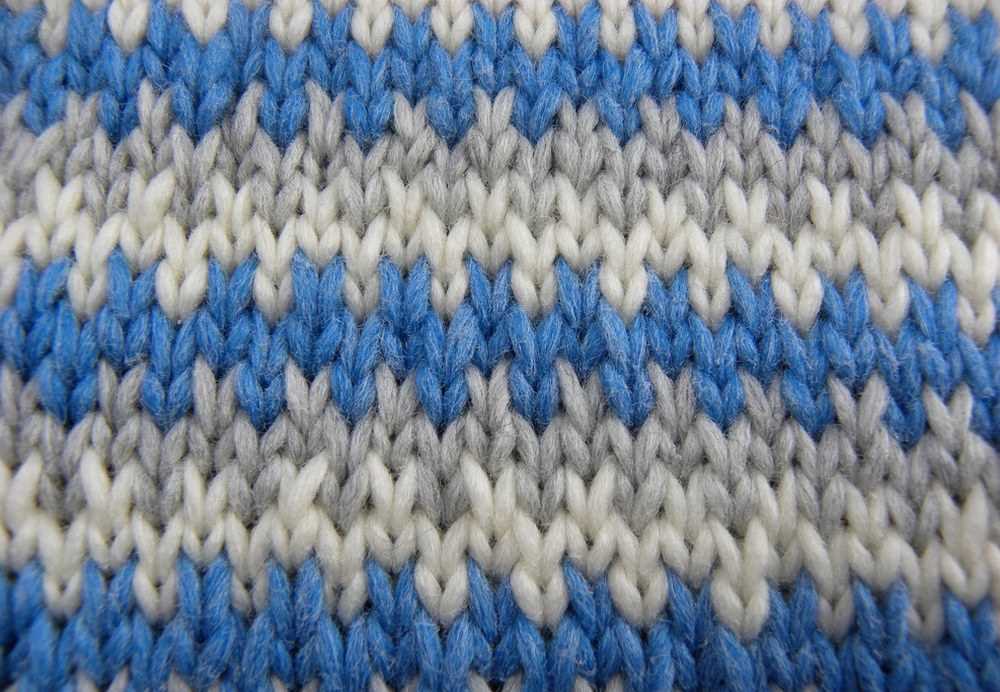
Scarves are an essential accessory for the colder months, keeping you warm and stylish. By choosing the right knitting stitch pattern, you can create a unique and eye-catching scarf that reflects your personal style. Whether you prefer a simple and classic design or a more intricate and detailed look, there are countless stitch patterns to choose from.
One popular stitch pattern for scarves is the garter stitch. This simple pattern involves knitting every row, creating a textured and stretchy fabric. The garter stitch is perfect for beginners or for those looking for a quick and easy project. It also works well with different types of yarn, making it versatile for various scarf designs.
For a more intricate and decorative look, you can try the lattice stitch pattern. This pattern creates a lattice-like pattern with crisscrossing strands of yarn. It adds dimension and visual interest to your scarf, making it a statement piece. Although the lattice stitch requires more attention and concentration, the end result is definitely worth the effort.
Another popular stitch pattern is the cable stitch. This pattern creates a series of twists and turns, resembling a cable. The cable stitch is a classic and timeless design that adds elegance and sophistication to your scarf. It may require some practice and patience to master, but the end result is a beautiful and intricate scarf that is sure to turn heads.
If you prefer a more modern and geometric look, the chevron stitch pattern is a great option. This pattern creates a zigzag pattern that adds a contemporary touch to your scarf. The chevron stitch is versatile and can be worked in multiple colors to create a striking effect. It is also an interesting pattern to master, as it involves increases and decreases to create the zigzag effect.
In conclusion, when it comes to knitting stitch patterns for scarves, the possibilities are endless. Whether you prefer a simple and classic design or a more intricate and decorative look, there is a stitch pattern that will suit your style and skill level. So grab your needles and yarn, and start creating your own unique and beautiful scarf.
Knitting Stitch Patterns for Sweaters
When it comes to creating unique and stylish sweaters, knitting stitch patterns play a crucial role in adding texture and visual interest to your designs. Whether you’re a beginner or an experienced knitter, incorporating different stitch patterns into your sweater projects can elevate your knitting skills and produce beautiful results.
One popular stitch pattern for sweaters is the cable stitch. This technique involves crossing stitches over each other to create intricate designs that resemble cables. Cable stitch patterns can range from simple twists to more complex braided cables, allowing you to choose the level of difficulty that suits your knitting ability. The addition of cable stitches to your sweater can bring a classic and timeless charm to your garment.
Another stitch pattern commonly used in sweater knitting is the lace stitch. Lace patterns are delicate and airy, featuring intricate openwork designs that add elegance and femininity to your sweaters. This stitch pattern is achieved by combining decreases and yarn overs to create eyelets and lacy motifs. Lace stitch patterns are perfect for lightweight and breathable sweaters, making them ideal for spring and summer wear.
If you’re looking for a stitch pattern that is versatile and easy to work with, the seed stitch is a great option for sweater knitting. This stitch pattern creates a dense and textured fabric that resembles a field of scattered seeds. The seed stitch is achieved by alternating knit and purl stitches in a checkerboard-like pattern. It is a reversible stitch, making it suitable for reversible sweaters or projects where both sides of the fabric will be visible.
By experimenting with different stitch patterns, you can add your personal touch to your sweater designs. Whether you choose cable stitches for a traditional look, lace stitches for a feminine touch, or seed stitches for a textured finish, finding the right stitch pattern can take your sweater knitting to the next level.
Knitting Stitch Patterns for Hats
Making a knitted hat can be a fun and rewarding project for knitters of all skill levels. One way to add interest and texture to your hat is by incorporating different stitch patterns. These patterns can create unique designs and add warmth to your finished hat. Whether you prefer a simple stockinette stitch or want to try something more intricate, there are plenty of stitch patterns to choose from.
Ribbing: Ribbing is a classic stitch pattern often used at the brim of a hat to create a snug and stretchy fit. It is commonly worked in a combination of knit and purl stitches, such as 1×1 ribbing (alternating knit and purl stitches) or 2×2 ribbing (two knit stitches followed by two purl stitches).
Cable Knitting:
Cable knitting is a technique that creates beautiful braided or twisted designs. To incorporate cables into your hat, you’ll need a cable needle and some patience. There are various types of cable stitches, such as the basic 4-stitch cable or intricate cable patterns that involve more stitches and crossings. Cables can add a touch of elegance and interest to your knitted hat.
Fair Isle:
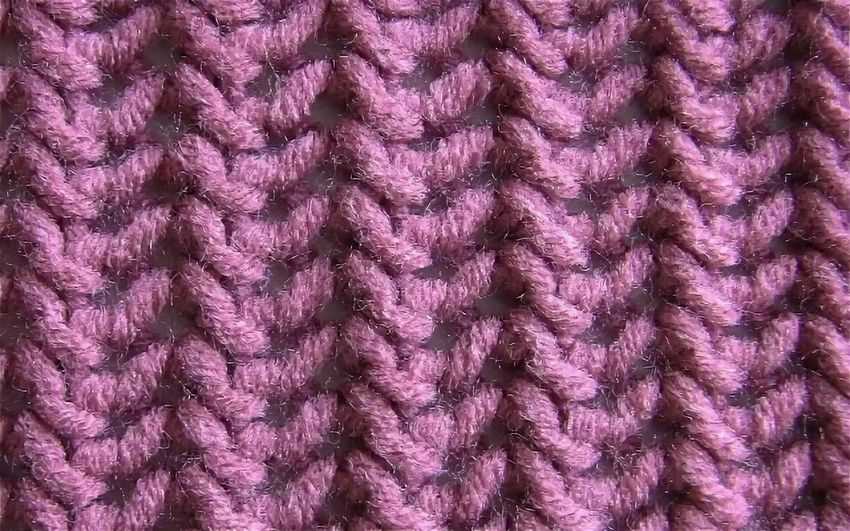
Fair Isle knitting is a traditional technique that involves working with multiple colors in each row. It creates distinctive patterns and motifs, often with a Nordic or Scottish influence. Fair Isle stitch patterns can be used to create colorful and eye-catching hats. It’s important to keep your tension even when working with multiple colors to ensure a neat and well-finished result.
Lace Knitting:
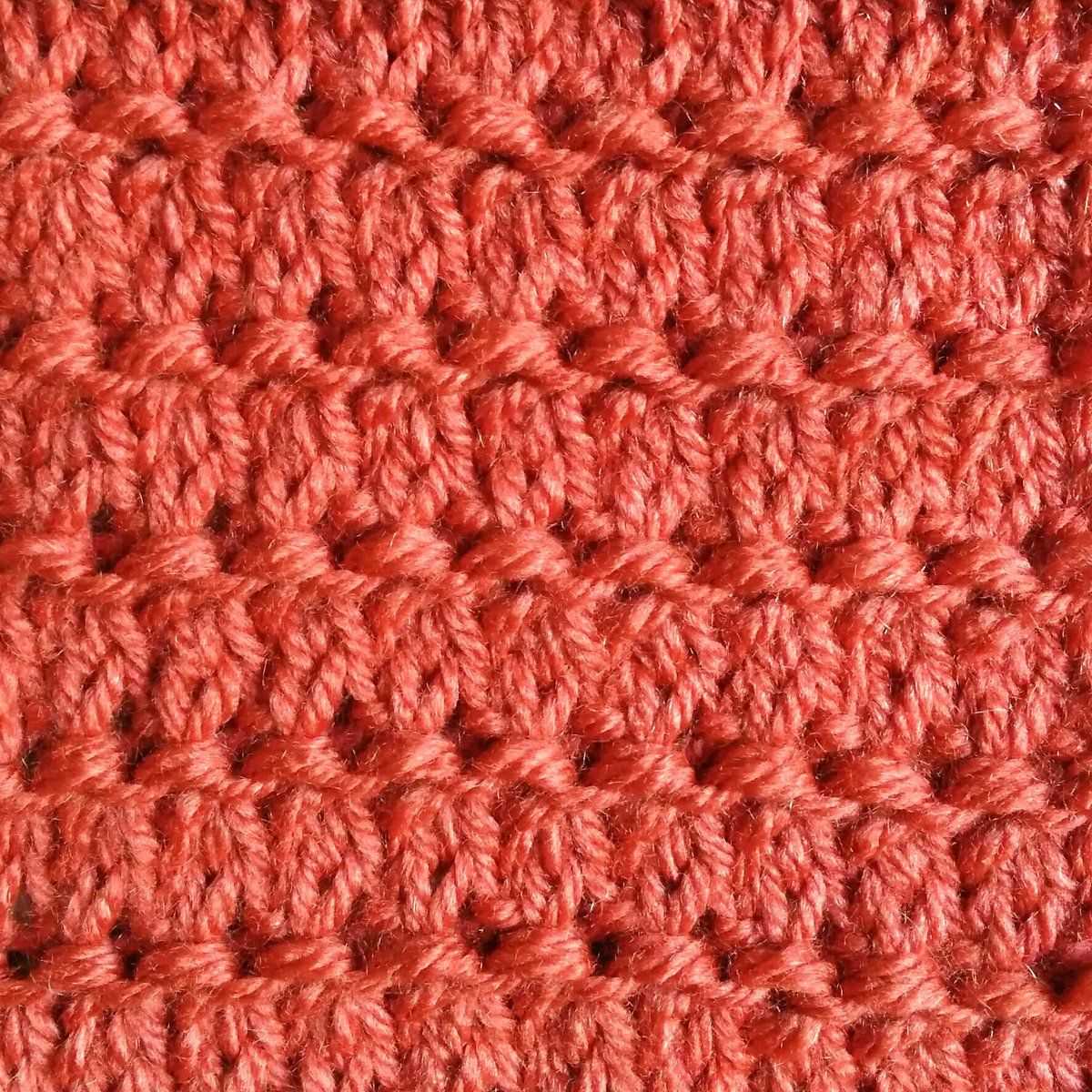
Lace knitting involves creating delicate and openwork patterns using yarnovers and decreases. Although often associated with shawls and scarves, lace stitch patterns can also be used for hats. The light and airy nature of lace makes it perfect for spring or summer hats. Just be sure to choose a yarn with good stitch definition to showcase the lace pattern.
Combining Different Stitch Patterns: Don’t be afraid to experiment and mix different stitch patterns when knitting a hat. For example, you can start with a ribbed brim, transition to a cable or lace pattern in the body of the hat, and finish off with a simple stockinette stitch at the crown. This can create a visually interesting and unique finished hat that reflects your personal style.
In conclusion, there are countless stitch patterns to explore and incorporate into your knitted hats. From ribbing to cables, Fair Isle to lace, each pattern adds its own charm and character. Have fun experimenting with different stitch patterns and creating beautiful, cozy hats to keep you warm in style.
Knitting Stitch Patterns for Socks
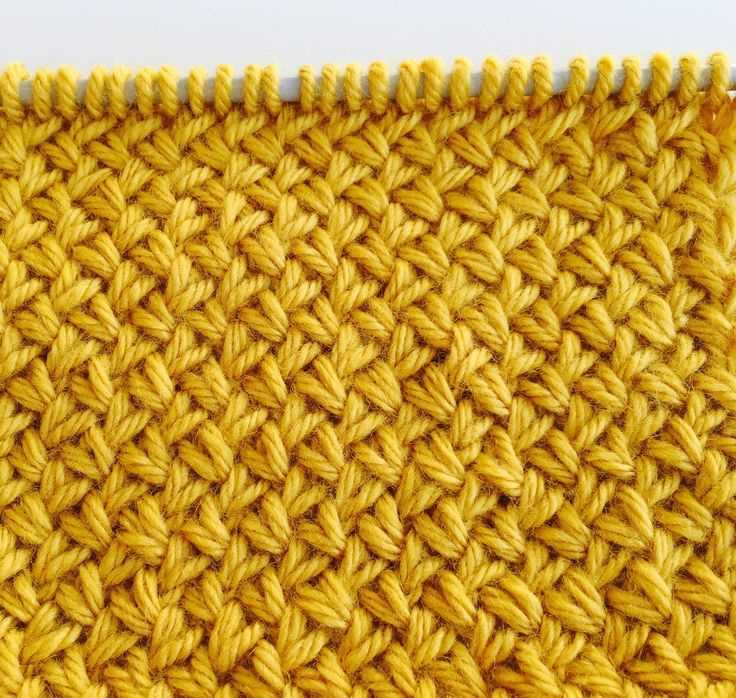
When it comes to knitting socks, there are countless stitch patterns that can add interest and texture to your project. These patterns not only make your socks visually appealing but also enhance their comfort and fit. From intricate lace patterns to simple ribbing, there is a stitch pattern to suit every knitter’s skill level and style.
Lace stitch patterns are a popular choice for knitting socks. They often feature delicate and intricate designs that add elegance to your socks. Some common lace stitch patterns include the feather and fan stitch, the diamond lace stitch, and the lace rib stitch. Lace socks can be a beautiful addition to any wardrobe and are perfect for special occasions or as a luxurious treat for yourself.
For a more textured look, you can try using cable stitch patterns. Cable stitches can create interesting twists and braids on your socks, giving them a cozy and classic appeal. There are various cable stitch patterns to choose from, such as the horseshoe cable stitch, the rope cable stitch, and the honeycomb cable stitch. If you’re new to cabling, starting with a simple cable pattern can be a great way to learn and practice.
Here are a few other stitch patterns you can consider for your sock knitting projects:
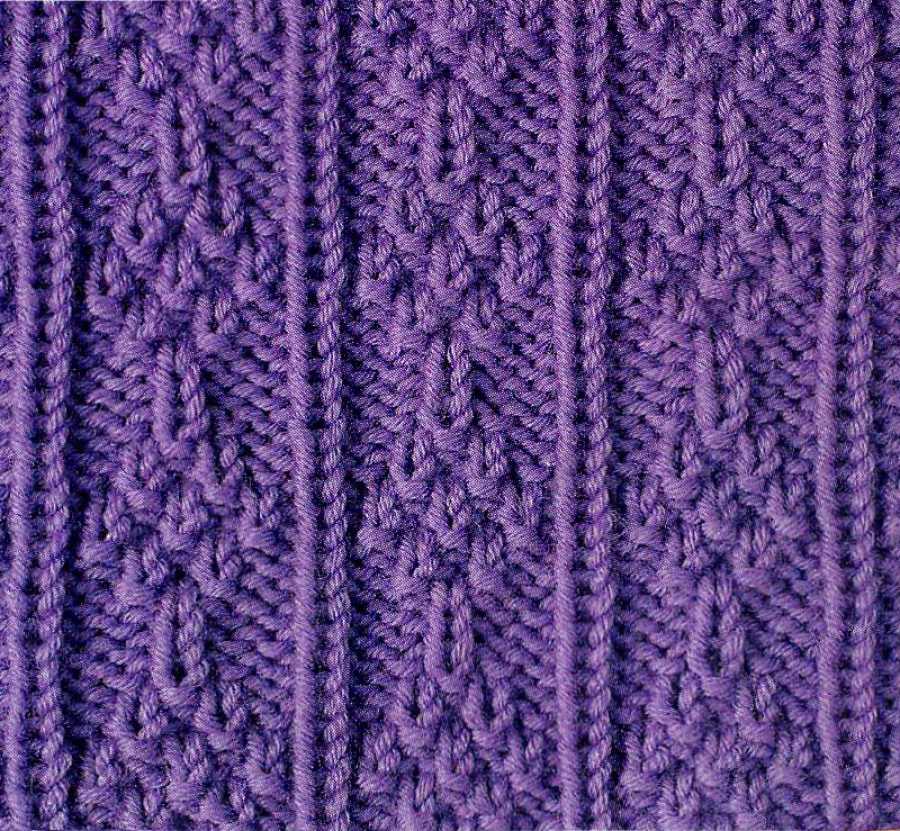
- The seed stitch, which creates a bumpy texture and is great for adding stretch to your socks.
- The rib stitch, which creates vertical lines and is perfect for adding structure and elasticity to your socks.
- The mosaic stitch, which uses slipped stitches to create colorwork patterns without the need for multiple yarns.
- The fisherman’s rib, which creates a thick and cozy fabric that is perfect for warm and snuggly socks.
Experimenting with different stitch patterns can be a fun way to customize your socks and make them truly unique. Don’t be afraid to mix and match stitch patterns or even create your own. With endless possibilities, knitting socks can be a rewarding and creative endeavor.
Knitting Stitch Patterns for Blankets
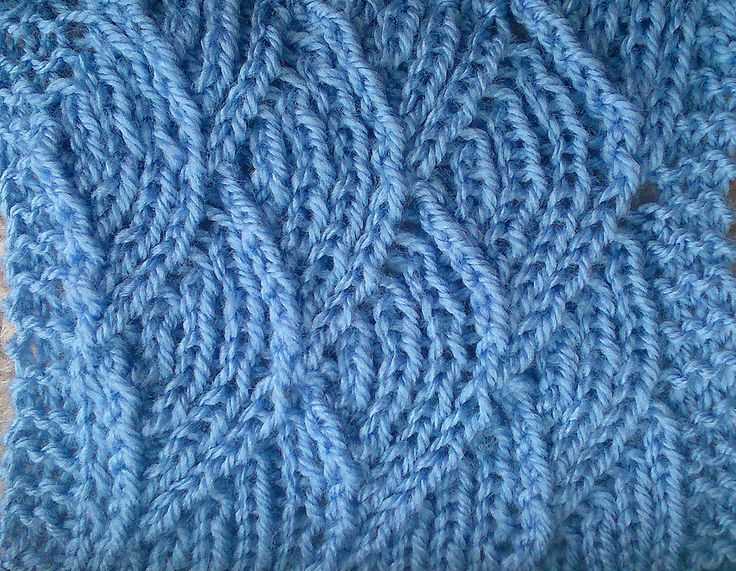
When it comes to knitting blankets, stitch patterns play a crucial role in creating unique and beautiful designs. Whether you’re a beginner or an experienced knitter, there are countless stitch patterns to choose from that can add texture, depth, and interest to your blankets.
Cable Stitch: One popular stitch pattern for blankets is the cable stitch. This pattern creates twisted, interlocking cables that give blankets a classic and sophisticated look. The cable stitch requires using a cable needle to cross stitches over each other, creating the distinctive cable effect.
Seed Stitch: Another versatile stitch pattern for blankets is the seed stitch. This pattern alternates between knit and purl stitches, creating a textured fabric that resembles scattered seeds. The seed stitch is perfect for adding visual interest and depth to blankets, and it’s also easy to knit, making it suitable for beginners.
Lace Stitch: If you’re looking for a more delicate and intricate stitch pattern for blankets, consider using lace stitches. Lace stitches create openwork designs with decorative holes and intricate motifs. There are numerous lace stitch patterns to choose from, ranging from simple to complex, allowing you to customize your blanket design to your liking.
Rib Stitch: The rib stitch is a classic stitch pattern commonly used for blankets. This pattern involves alternating between knit and purl stitches in a specific pattern, creating vertical columns of raised ribs. The rib stitch is not only visually appealing but also adds elasticity and stretch to blankets, making them cozy and comfortable.
Checkered Stitch: For a more geometric and structured look, consider using a checkered stitch pattern. This pattern involves alternating blocks of knits and purls, creating a checkered or checkerboard effect. The checkered stitch can be done in different color combinations, allowing you to get creative and design unique blankets with a modern twist.
These are just a few examples of the numerous stitch patterns available for knitting blankets. Combining different stitch patterns, colors, and yarn types can result in endless possibilities for creating personalized and stunning blankets that are perfect for gifts or for cozying up on chilly nights.
Knitting Stitch Patterns for Baby Clothes
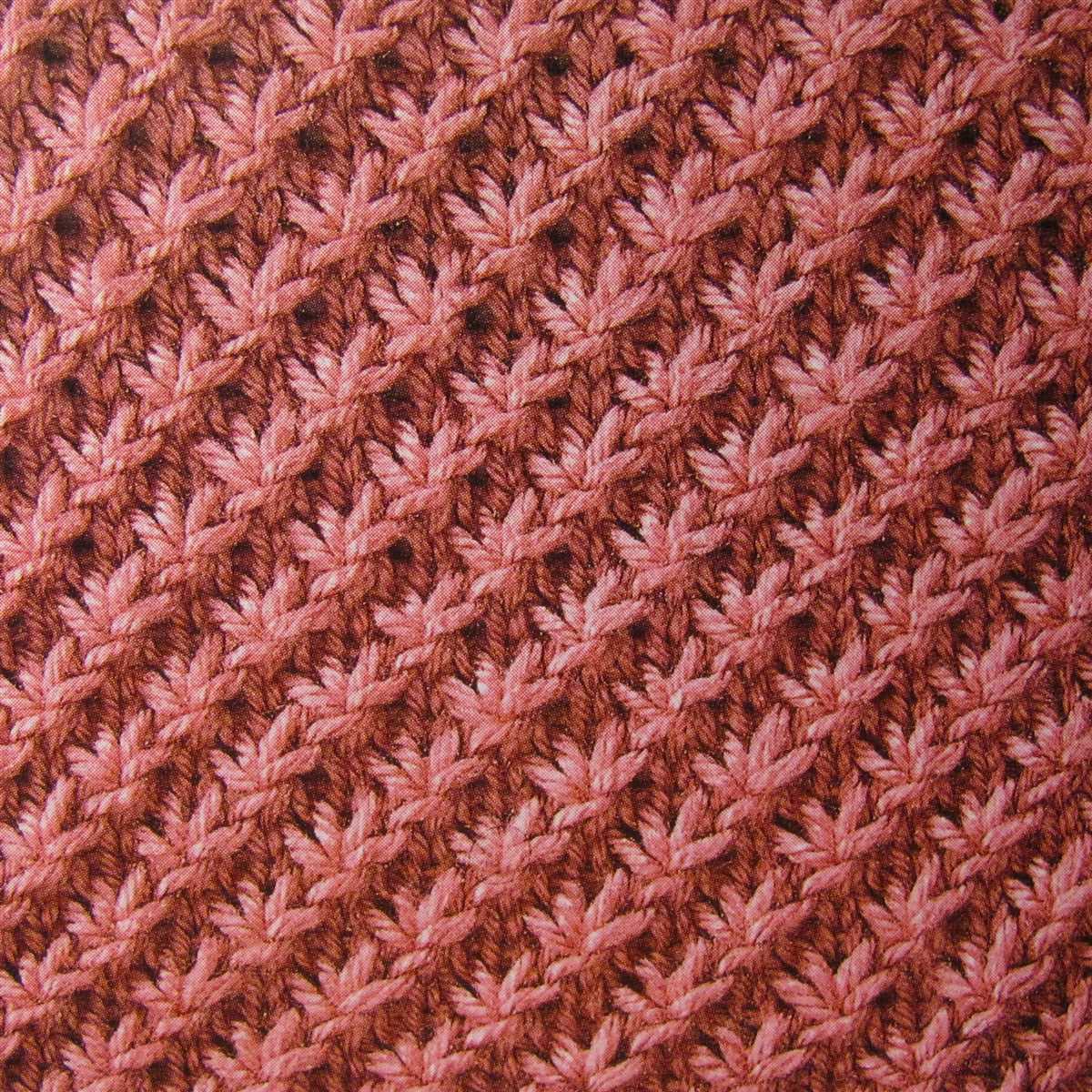
Choosing the right knitting stitch pattern for baby clothes is not only an aesthetic choice, but it also affects the functionality and comfort of the garment. It’s important to select patterns that are suitable for baby skin, provide warmth, and allow for easy movement.
Garter Stitch
One of the simplest and most popular stitch patterns for baby clothes is the garter stitch. This pattern is achieved by knitting every row, creating a textured fabric that is stretchy and squishy. The garter stitch is perfect for baby blankets, hats, and sweaters as it provides a good amount of insulation and is easy to knit.
Seed Stitch
The seed stitch is another versatile stitch pattern that works well for baby clothes. It involves alternating between knit and purl stitches on every row, creating a bumpy texture. The seed stitch is great for baby cardigans, booties, and scarves as it provides excellent insulation and adds visual interest to the garment.
Rib Stitch
The rib stitch is a popular choice for baby clothes, especially for items like socks, hats, and sweaters. It creates a stretchy fabric with vertical lines that make the garment snug and comfortable. The rib stitch can be achieved by alternating between knit and purl stitches in a specific pattern, such as 2×2 or 1×1. It not only provides warmth but also allows for easy movement and growth.
Lace Stitch
If you’re looking for a more delicate and decorative stitch pattern for baby clothes, lace stitch is a great option. It creates an openwork fabric with intricate patterns and is often used for baby bonnets, dresses, and blankets. Lace stitch requires attention to detail and some experience with lace knitting techniques, but the result is a beautiful and lightweight garment that is perfect for special occasions.
When choosing knitting stitch patterns for baby clothes, consider the season, the baby’s comfort, and the overall design of the garment. Experiment with different stitch patterns and yarn combinations to create unique and personalized pieces that will keep the baby cozy and stylish.
Tips for Creating Unique Knitting Stitch Patterns
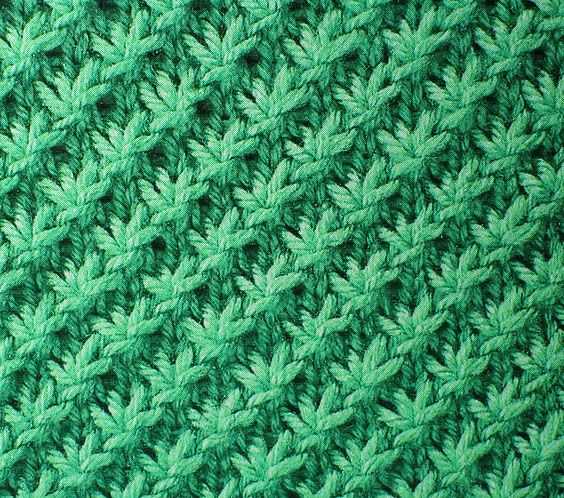
Creating unique knitting stitch patterns can be a fun and rewarding experience. Whether you’re a beginner or an experienced knitter, experimenting with different stitch patterns can add a personal touch to your projects. Here are some tips to help you get started:
1. Play with Colors:
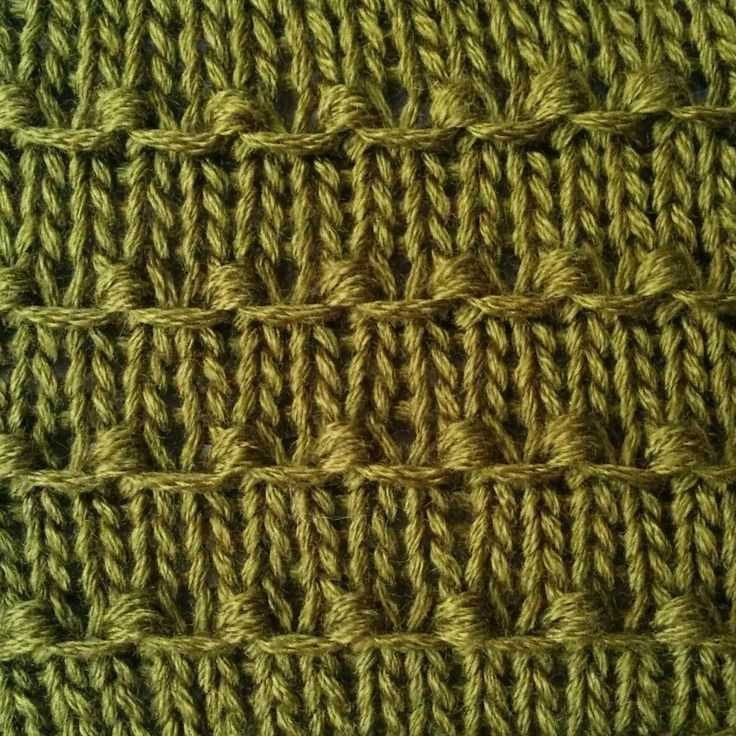
One of the easiest ways to create a unique knitting stitch pattern is to play with colors. Knitting with multiple colors can create beautiful and eye-catching designs. You can experiment with different color combinations and create your own color schemes. Don’t be afraid to try bold and unexpected color choices.
2. Mix Different Stitch Patterns:
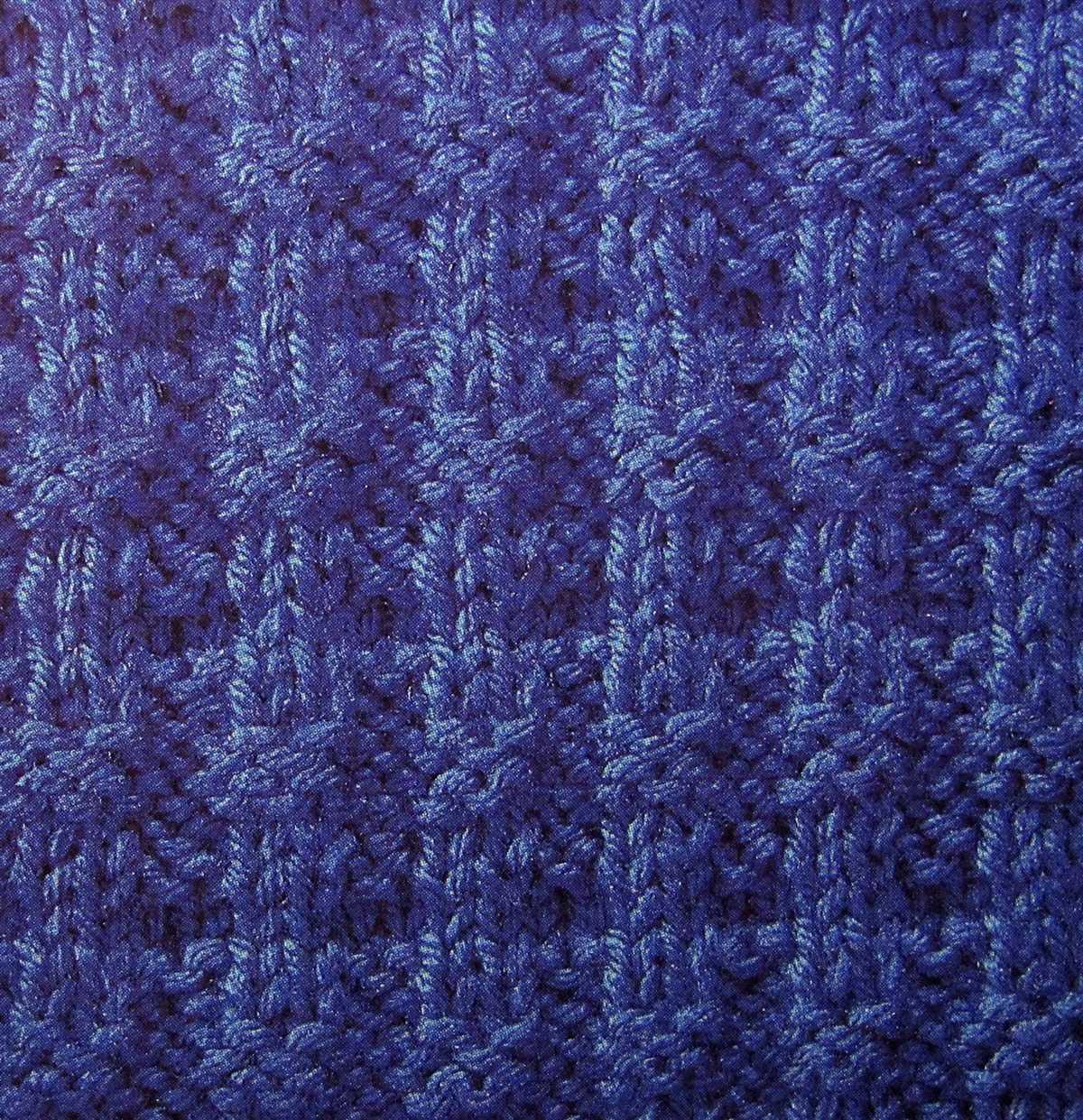
Combining different stitch patterns can result in a unique and textured look. You can mix and match various stitch patterns, such as cables, lace, seed stitch, and ribbing, to create your own design. Be creative and experiment with different combinations to see what works best for your project.
3. Add Embellishments:
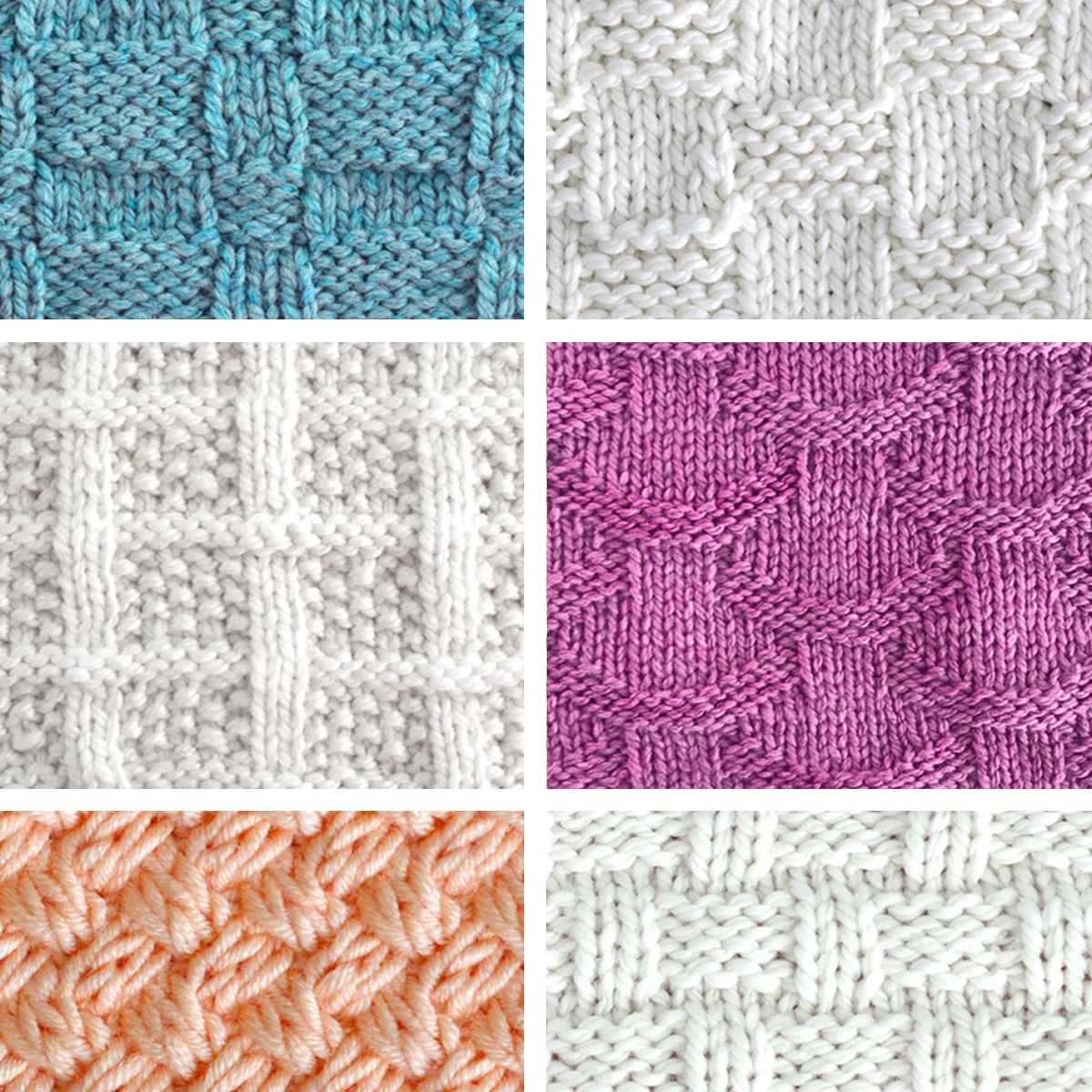
Embellishments can add a special touch to your knitting stitch patterns. You can incorporate beads, sequins, or embroidery into your design to create a unique and decorative effect. These embellishments can be added at specific points in your pattern or used throughout for a more consistent look.
4. Experiment with Yarn Weight and Texture:
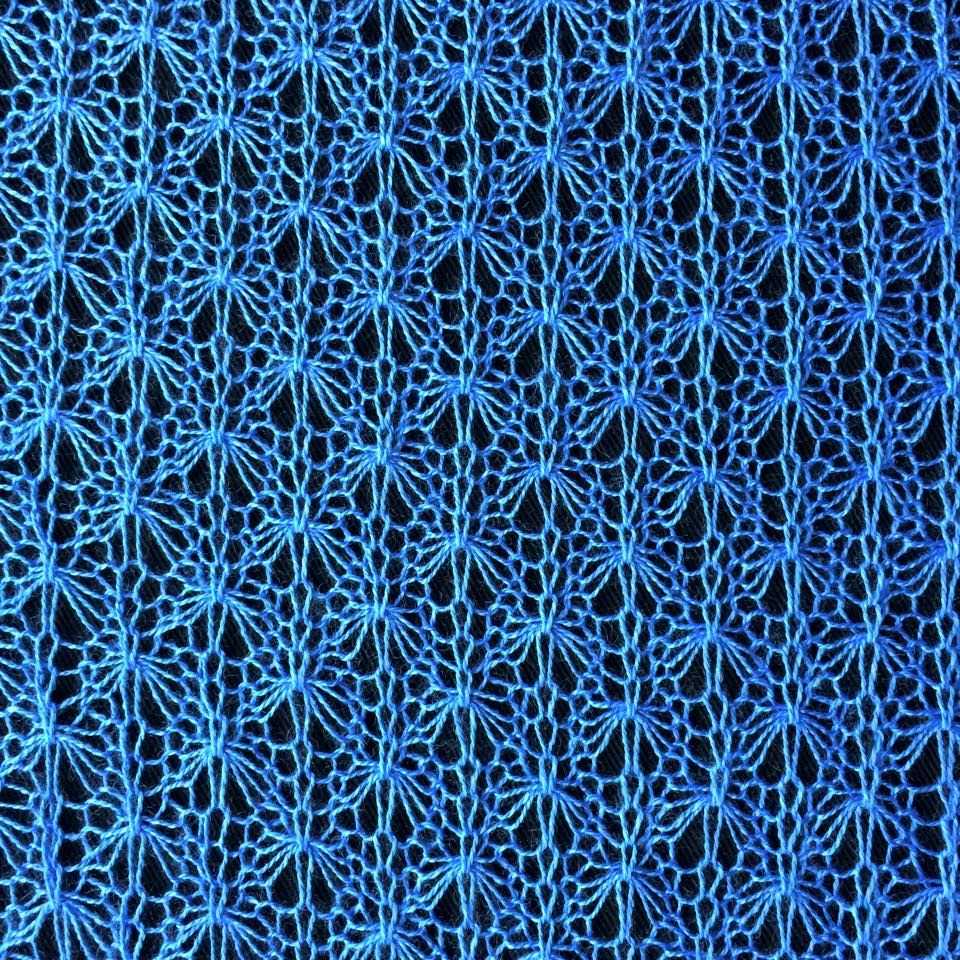
The yarn you choose can greatly impact the overall appearance of your knitting stitch pattern. Experiment with different yarn weights and textures to create different effects. Bulky yarns can create a more chunky and textured look, while laceweight yarns can create a delicate and airy design.
5. Document Your Patterns:
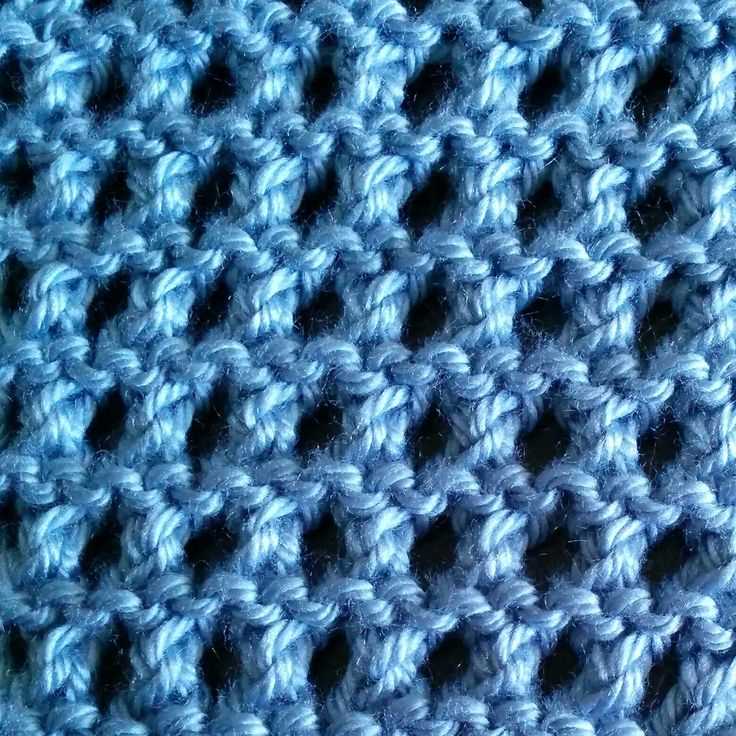
Once you’ve created a unique knitting stitch pattern, make sure to document it. Write down the stitches and rows used, as well as any modifications or special techniques. This will help you recreate the pattern in the future and share it with other knitters.
With these tips in mind, you can start creating your own unique knitting stitch patterns. Don’t be afraid to experiment and have fun with your designs. Happy knitting!